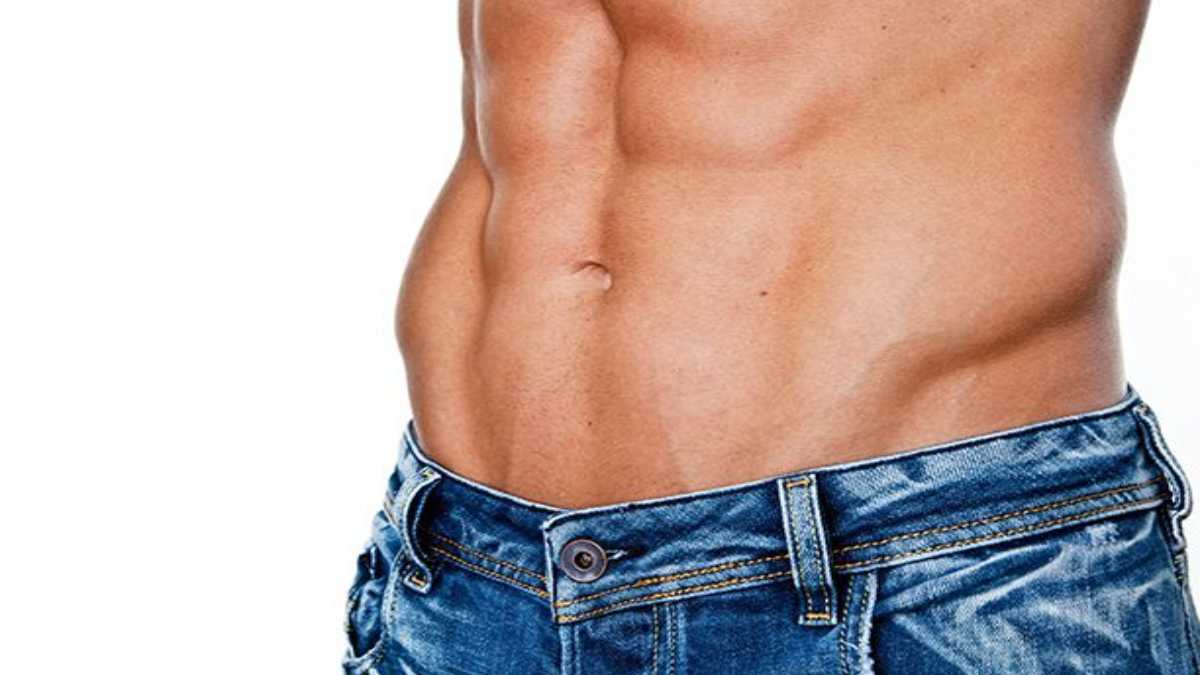Introduction
In today’s health-conscious world, body shapes and ideals are evolving. One of the latest topics gaining attention is the concept of tiny waist men. While often seen in social media or modeling, this trend raises questions about health, fitness, and realistic body goals. If you’re a woman between 25 and 45 looking to better understand the wellness behind body trends, this guide will help you make informed choices. Let’s explore what a tiny waist in men really means and how it connects to overall well-being.
What Does Tiny Waist Men Actually Mean?
Tiny waist men refer to males with smaller, well-defined waistlines. This often results from targeted workouts, controlled nutrition, and specific fashion choices. It’s commonly associated with the aesthetic V-shape look, where the shoulders are broad and the waist is narrow.
This body type has become popular in fitness circles and modeling industries, but it’s important to understand how such a body shape is achieved and maintained.
Why the Tiny Waist Trend Is Gaining Popularity
Social media platforms have amplified body image ideals. Influencers and fitness models frequently highlight tiny waist physiques. The rise of fitness content and photo editing apps can give the impression that this look is the standard for attractiveness.
However, real health doesn’t always reflect appearance. A balanced approach considers metabolism, body composition, and sustainable wellness practices.
Is a Tiny Waist Healthy for Men?
Not necessarily. While some men naturally have smaller waists due to genetics and lifestyle, pushing the body into extreme changes can backfire. Overtraining and poor dieting can lead to hormonal imbalances, nutrient deficiencies, and disordered eating.
For long-term health, a focus on core strength, cardiovascular fitness, and muscle balance is more effective than chasing unrealistic body shapes.
How Men Typically Achieve a Tiny Waist
- Core-focused workouts (planks, leg raises, oblique twists)
- Low body fat through calorie control
- Weightlifting for upper-body width
- Hydration and sleep for hormone regulation
- Fashion tricks (high-rise pants, fitted shirts)
These strategies work best when supported by balanced nutrition and a wellness mindset.
Why This Topic Matters to Women
As a woman invested in wellness, understanding the pressure on male body image helps deepen your empathy. It also encourages more balanced relationships, where body positivity is mutual. Whether you’re guiding a partner, a son, or simply reflecting on social standards, this knowledge gives you insight.
Additionally, women can support men in their lives by recognizing warning signs of unhealthy habits, such as extreme dieting or obsessive exercise.
Natural Wellness Tips Over Physical Ideals
Instead of chasing the “tiny waist men” ideal, encourage holistic health practices:
- Support intuitive eating over rigid dieting
- Choose functional fitness that supports joint health
- Talk openly about self-image and pressures
- Encourage realistic, attainable goals
- Avoid comparing real bodies to social media edits
Fashion and Fit: The Illusion of the Tiny Waist
Sometimes, the appearance of a smaller waist is enhanced by styling. Men who want a smaller-looking waist can wear fitted clothes or choose patterns that slim the midsection. This is a popular technique among male models.
But physical appearance doesn’t define health. A well-dressed man with posture awareness and confidence often appears more fit than one with only aesthetic focus.
Body Image Pressures for Men
Just like women, men face body image struggles. Social media portrays perfection, but behind the screens, many men deal with self-doubt. Women understanding these pressures can help shift the conversation toward self-acceptance and health.
Open discussions create healthier environments for both men and women. This results in stronger emotional bonds, improved mental health, and healthier choices.
Balanced Fitness for Men: A Wellness Blueprint
Encouraging the men in your life to:
- Avoid crash diets
- Strengthen the core with variety, not repetition
- Eat a wide range of nutrients
- Rest adequately
- Stay consistent over perfect
These habits not only promote long-term results but also align with overall wellness.
Conclusion
The trend of tiny waist men may grab attention, but real health lies beyond waist size. As a wellness-conscious woman, your awareness empowers the men in your life to choose balance over extremes. Understanding body trends helps shift focus toward sustainable health, which benefits everyone.
FAQ Section
What is considered a tiny waist for men? A waist measurement under 32 inches is often labeled as small, but ideal sizes vary by body type and height.
Is having a small waist unhealthy for men? Not always. If achieved naturally and maintained healthily, it’s fine. Problems arise from extreme methods.
How can men lose inches off their waist safely? Through a mix of strength training, cardio, balanced nutrition, and adequate rest.
What exercises help men slim their waist? Planks, mountain climbers, leg raises, Russian twists, and compound lifts like squats and deadlifts.
Do women find tiny waist men attractive? Attraction is subjective. Some do, while others prefer different builds. Confidence and health matter more.
Are waist trainers safe for men? Generally not. They can compress organs and restrict breathing. Fitness is a safer route.
Can a man naturally have a small waist? Yes. Genetics and active lifestyles contribute to smaller waists in some men.
Why do some male models have small waists? Modeling standards often favor the V-shape look. Models may also use fashion tricks or body-specific routines.
